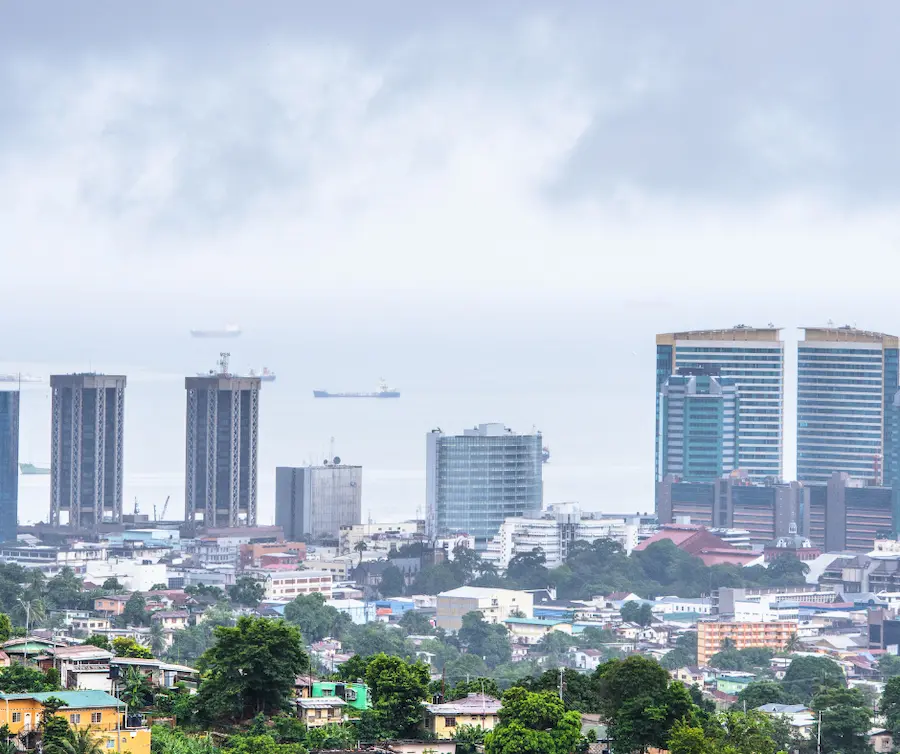

With the passing of Jorge Mario Bergoglio, better known as Pope Francis, the world’s first Latin American Pontiff, the process of mourning, burying and replacing the pope has begun.
Francis died on April 21 at 7.35 am. He was 88 years old. The Vatican said Francis died of a cerebral stroke that put him into a coma and led to irreversible heart failure.
In 2024, Francis revised papal funeral rites, which allowed for burial outside the Vatican, but keeping the core elements including the three key moments that must be observed between the death of a pope and his burial.
Despite these changes, the three traditional main stations or moments that come after the pope’s death remain.
The first station is the formal confirmation of death, which occurred in Francis’ personal chapel. The head of the Vatican health service will examine the body ascertain a cause of death and write a report. The Vatican does not do autopsies. The body is then dressed in white and placed in the pope’s personal chapel for the ritual pronouncement of his death.
The Vatican official or camerlengo, who runs the Holy See, the Vatican’s “government,” oversees the ritual pronouncement of death. The camerlengo is currently American Cardinal Kevin Farrell.
In accordance with the changes, the rite no longer requires the body to be placed in the traditional three coffins made of cypress, lead and oak. The pope’s body is now placed in a wooden coffin, with a zinc coffin inside.
The pope is dressed in red liturgical vestments and a Pasqual candle, a large decorated candle used during Easter, is placed nearby.
After the official announcement of death is made, the master of liturgical celebrations then decides when other faithful can pay respects, before the coffin is moved to St Peter's Basilica for public viewing.
Once the body is brought to the basilica the Litany of Saints chant is sung, led by the camerlengo.
The night before the funeral, the camerlengo presides over the closing and sealing of the papal coffin in the presence of other senior cardinals.
A white cloth is placed over the pope’s face, a bag with coins minted during his papacy and a one-page written account of his papacy – known as a “rogito” in Italian – is read aloud by the master of liturgical ceremonies then placed in the coffin as well.
Another copy of the rogito is kept in the Vatican archives.
The funeral is presided over by the dean of the College of Cardinals, or if that is not possible by the vice-dean or another senior cardinal. The dean is currently Cardinal Giovanni Battista.
The pope is then buried with the camerlengo presiding. A number of seals are placed on the coffin and it is placed inside the tomb.
In accordance with the changes made by Francis, he has said he would want to be buried in the St Mary Major Basilica at the top of Esquiline Hill in Rome.
Newsday understands that Francis visited the basilica to pray after every foreign trip.
The next pope
After the pope’s death the the papal conclave is assembled and all cardinals under the age of 80 who are eligible to participate are summoned to Rome to prepare for the secret conclave inside the Sistine Chapel.
The gathering usually commences between 15-20 days after the pope’s death.
The cardinals spend the time housed in Casa Santa Marta. As per tradition, the cardinals are cut off from all communication to the outside world including newspapers, TV, phones and social media.
The College of Cardinals will cast as many as four ballots in a single day for the next pope. A two-thirds majority is required for the next pontiff.
After each vote, the ballots are burned and smoke is released from the Sistine Chapel’s chimney as a signal to people waiting in St Peter’s Square.
Black smoke will determine an inconclusive vote, while white smoke will signify a new pope has been selected. If three days pass and there is not a conclusive vote, voting may be suspended for a day for cardinals to reflect
The process ends when the newly-elected pope makes his first public appearance – stepping on to the central balcony of St Peter’s Basilica.
Several people have been looked at as the next pope. Among them are Cardinal Peter Erdo, the 72-year-old archbishop of Budapest and primate of Hungary. He was elected as head of the Council of European Episcopal Conference in 2005 and 2011. During that time he developed relationships with many African cardinals.
He also helped organise Francis’ 2014 and 2015 vatican and delivered key speeches.
Another possible candidate is Cardinal Reinhard Marx, the 71-year-old archbishop Munich. He was selected by Francis as a key adviser in 2013. He was later named head of the council overseeing Vatican finances. Marx made headlines in 2021 when he offered to resign as archbishop to atone for the German church’s sexual abuse record. Francis rejected the resignation and told him to stay.
A third candidate is 80-year-old Canadian Cardinal Marc Ouellet. He led the Vatican’s bishop’s office for more than a decade, with Francis keeping him on the job as a head, despite being appointed by Pope Benedict XVI.
Ouellet selected pastorally-minded bishops, reflecting Francis’ belief that bishops should “smell like the sheep” of their flock. While supporting Francis’ call for women to have a greater role in the Catholic church, he upheld the ban on women’s ordination. He headed the Vatican’s Pontifical Commission for Latin America for more than a decade. He also headed the office which took charge of investigating bishops accused of covering up priests involved in sexual abuse.


